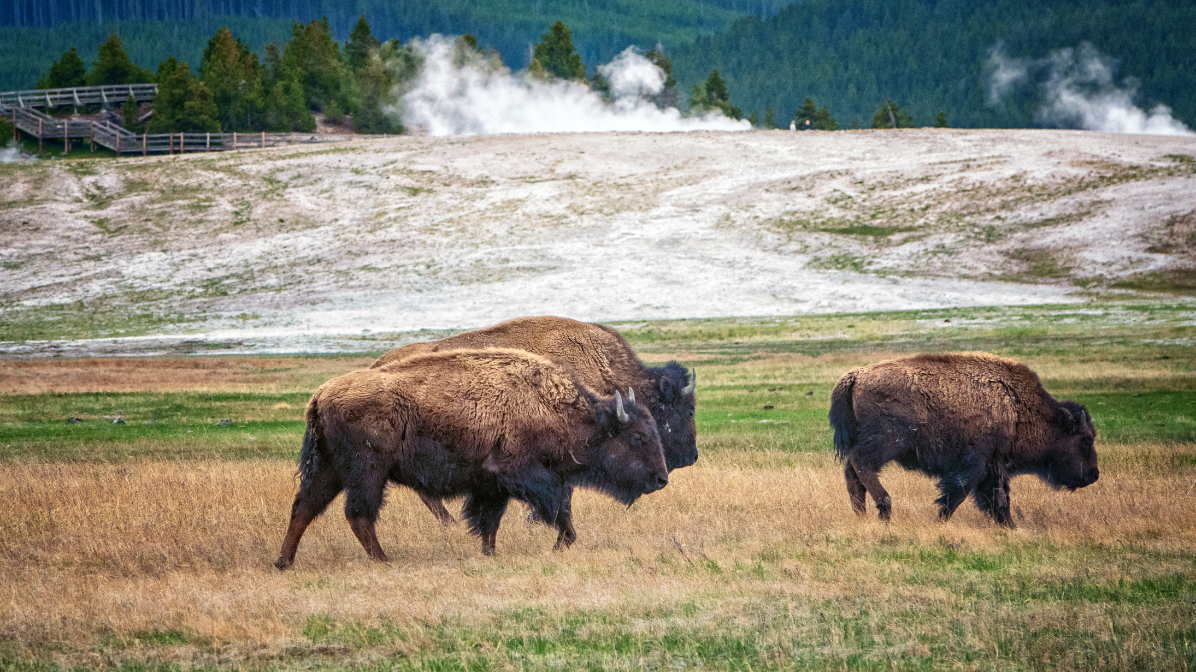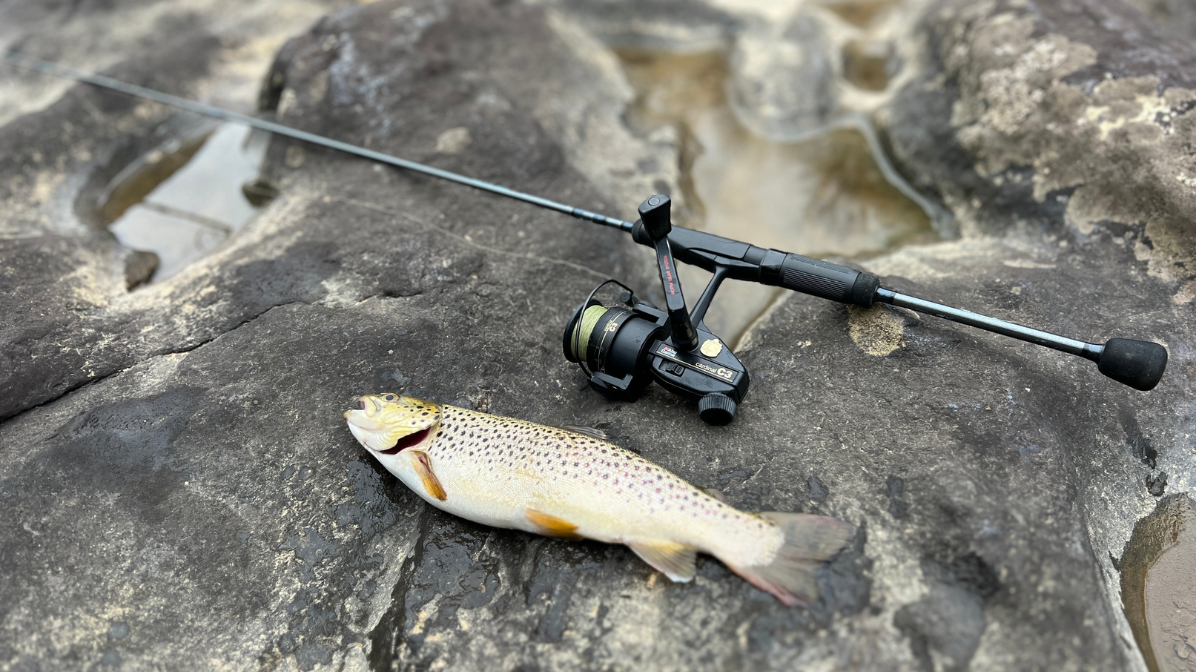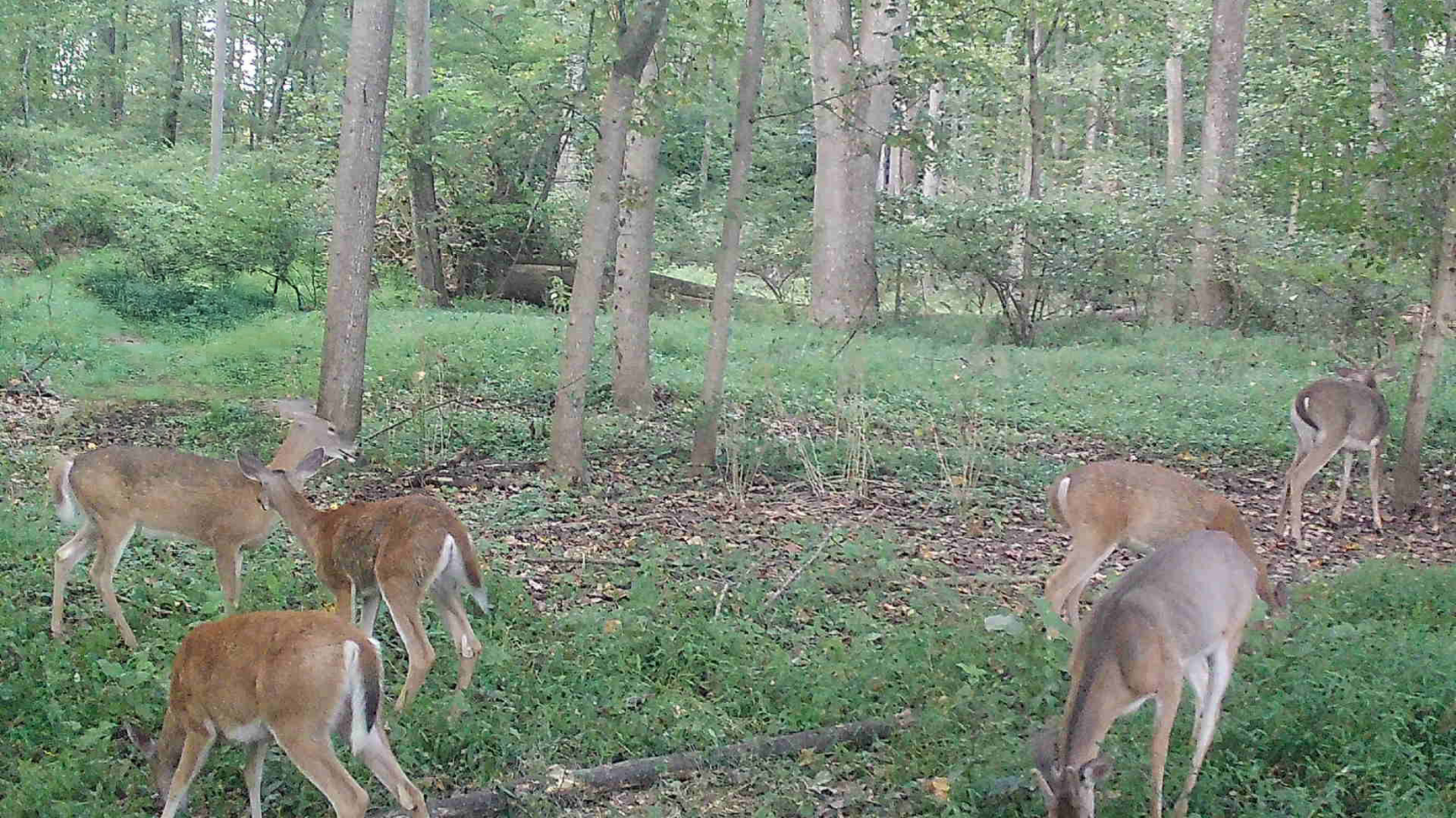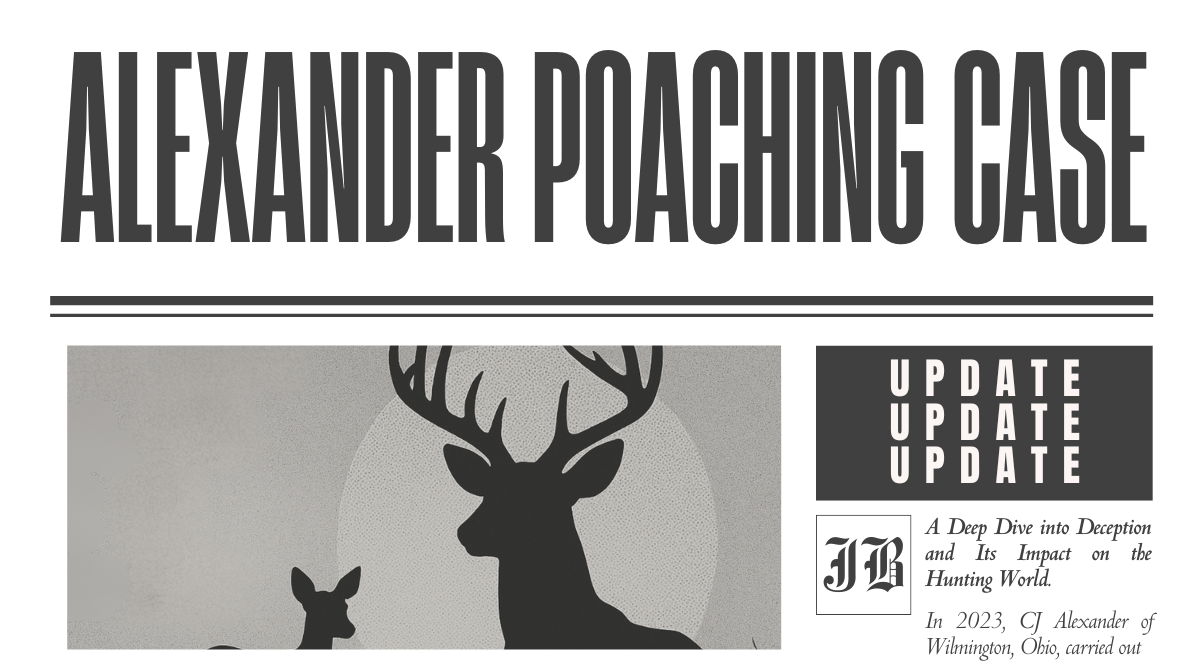Bison Goring in Yellowstone: What Happened & How to Stay Safe

Yellowstone National Park, April 2025 — In a stark reminder that wild animals demand distance and respect, a Florida man was gored by a bison after getting too close near the park’s West Entrance. According to park officials, the visitor ignored posted guidelines and approached the animal, prompting a defensive charge that resulted in serious injuries.
According to the National Park Service, the bison lifted the man off the ground and then backed off, allowing rangers and emergency personnel to respond quickly. He was treated on-site and later transported to a medical facility for further care. Officials emphasized that bison safety in Yellowstone is no joke: these animals may appear slow or docile, but they can sprint up to 30 miles per hour and are highly protective of their space.
The 2025 Yellowstone bison attack marks the first reported goring of the season. Park officials are again urging visitors to keep a safe distance—at least 25 yards from bison—and to respect all posted wildlife warnings.
For full details, visit the CBS News report

How Common Are Bison Attacks in Yellowstone?
While bison may not seem as threatening as bears or wolves, they are actually responsible for more injuries to visitors in Yellowstone than any other animal. According to the National Park Service, bison have injured more people in the park than grizzlies, elk, or moose—largely due to tourists underestimating their speed, power, and territorial nature. On average, one to two bison-related injuries occur in Yellowstone each year, though that number can spike during peak visitor seasons. Most incidents share a common theme: someone getting too close for a photo or disregarding the 25-yard minimum distance rule. Unlike predators that typically avoid human contact, bison are herd animals that roam popular park areas and can become aggressive with little warning. When compared to other wildlife encounters in the park, bison attacks are both more frequent and more preventable—making education and caution absolutely essential.
Why Do Bison Charge? Understanding Their Behavior
Despite their calm, lumbering appearance, bison are anything but tame. These massive animals—some weighing over 2,000 pounds—are highly protective, especially during mating season (July through September) and calving season in the spring. During these times, their territorial instincts are heightened, and even a slow approach by a human can be seen as a threat. Wildlife biologists with the National Park Service note that bison will often give warning signs before charging: pawing at the ground, snorting, shaking their heads, or raising their tails. Ignoring these cues is one of the most common mistakes tourists make, often in pursuit of a close-up photo or a “bucket list” moment.
As Yellowstone wildlife specialist Lauren Walker explains, “Bison don’t bluff for long. If they feel cornered or challenged, they will act—and they act fast.” Bison can sprint up to 30 miles per hour in short bursts, which means even a seemingly distant animal can close the gap in seconds. Understanding and respecting these behavioral cues is key to staying safe around bison and ensuring these majestic animals aren’t unnecessarily provoked.
Top Bison Safety Tips for Yellowstone Visitors
If you’re planning a trip to Yellowstone, staying safe around bison should be at the top of your list. These wild animals may look calm, but they’re powerful, fast, and unpredictable when provoked. Here are five essential tips to help you stay safe and respectful while enjoying the park:
- Stay at least 25 yards away - The National Park Service recommends a minimum distance of 25 yards from bison at all times. That’s about the length of two full-size school buses.
- Never approach for a photo - No selfie is worth a trip to the ER. Many bison injuries happen when visitors try to get too close for a photo or video.
- Watch for signs of agitation - Raised tails, head shaking, snorting, and pawing the ground are all warning signs. If you see them, back away slowly and give the animal space.
- If one approaches, retreat calmly - Don’t run or make sudden movements. Slowly back away while keeping an eye on the animal. Find cover if possible—trees, vehicles, or rocks can serve as barriers.
- Hike smart in bison country - Stay alert, avoid hiking through herds, and never try to move a bison off the trail. If they’re in your path, wait them out or take a safe detour.
Respecting these rules doesn’t just protect you—it also protects the animals and helps preserve Yellowstone’s incredible wildlife experience for everyone.

What the National Park Service Recommends
The National Park Service doesn’t mince words when it comes to wildlife safety in Yellowstone: keep your distance, or risk a dangerous encounter. As any seasoned visitor knows, the park is filled with signs and warnings reminding folks to stay at least 25 yards from bison and other large animals, and 100 yards from bears and wolves. These aren’t just suggestions—they’re rules grounded in decades of hard-learned lessons. At visitor centers and trailheads, you'll find safety posters, educational materials, and even short videos explaining how to interact—or more accurately, how to interact—with wildlife. The NPS also offers digital resources on theirWildlife Safety page, encouraging everyone to “view wildlife with binoculars, not selfies.” The bottom line? Yellowstone’s animals are wild, and that’s exactly how it should stay.
What to Do If You're Injured in a Wildlife Incident
If you find yourself injured in a wildlife encounter at a National Park, your first move is to get to safety—fast. Put distance between yourself and the animal, then assess your injuries. If you’re bleeding, apply pressure and stay as calm as possible. For anything beyond a minor scrape, call 911 or flag down a ranger. Park staff are trained for backcountry emergencies and can get help moving quickly, even in remote areas. It’s smart to carry a basic first-aid kit and know where the nearest ranger station is on your route. For travelers, it’s worth checking that your health or travel insurance covers emergency care inside national parks—because medical airlifts and out-of-network ER visits can come with hefty price tags. And here’s something many folks forget: all wildlife-related injuries must be reported to the National Park Service. Not only is it a legal obligation, it helps them better understand animal behavior patterns and prevent future incidents.

Final Thoughts: Respect the Wild
At the end of the day, Yellowstone isn’t a zoo—it’s a wild, living landscape where nature calls the shots. Staying alert, informed, and respectful isn’t just good advice—it’s the key to safe, meaningful encounters with wildlife. Bison, bears, elk—they’re not there for our entertainment. They’re doing what they’ve done for thousands of years, and it’s up to us to give them the space they deserve. The good news? With the right mindset, tourism and wildlife absolutely can coexist. Millions visit Yellowstone each year without incident, simply by following the rules and using common sense. If you’ve had a powerful or eye-opening experience in the park, we’d love to hear it—share your story and help keep the spirit of respectful exploration alive.




